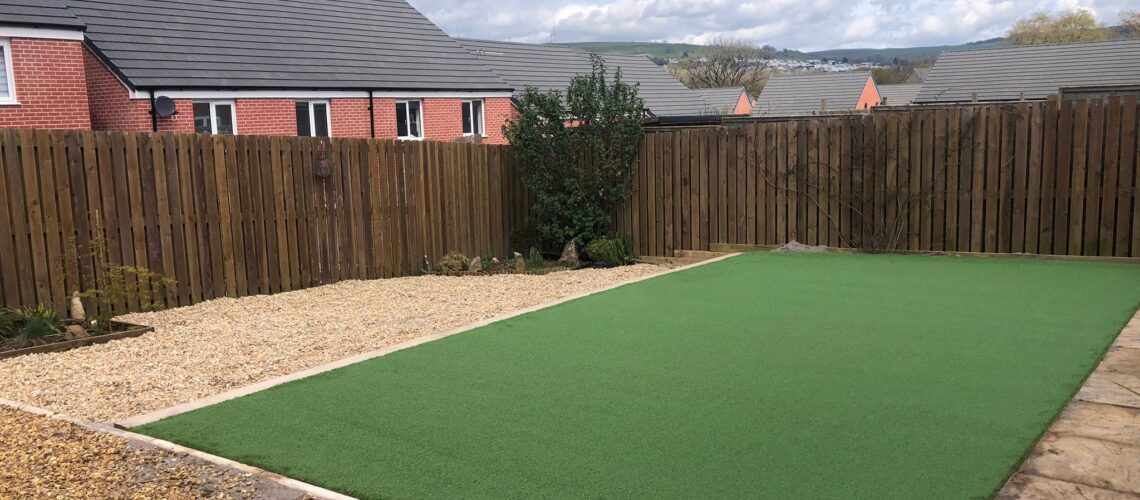The Environmental Benefits of Artificial Grass
August 24, 2024

As environmental concerns continue to grow, many homeowners and businesses are looking for sustainable alternatives to traditional landscaping. Artificial grass, once seen primarily as a low-maintenance option, is now recognized for its numerous environmental benefits. From water conservation to reducing chemical usage, synthetic turf offers a green solution that contributes positively to the environment.
1. Water Conservation
One of the most significant environmental benefits of fake grass is its role in conserving water. Traditional lawns require regular watering to stay lush and green, especially in dry or arid climates. In contrast, artificial grass does not need any watering, except for occasional rinsing to remove dirt and debris. This drastic reduction in water usage is particularly beneficial in regions facing water scarcity or drought conditions. By installing artificial grass, homeowners and businesses can significantly lower their water consumption, contributing to the conservation of this precious natural resource.
2. Reduction of Chemical Usage
Maintaining a natural lawn often involves the use of fertilizers, pesticides, and herbicides to keep the grass healthy and free from weeds and pests. These chemicals can have harmful effects on the environment, contaminating soil, waterways, and posing risks to wildlife. Artificial grass eliminates the need for these chemicals, as it does not require fertilization, pest control, or weed prevention treatments. This reduction in chemical usage helps to protect the environment from pollution and contributes to healthier ecosystems.
3. Lower Carbon Footprint
Mowing a traditional lawn contributes to carbon emissions, as gas-powered lawn mowers release pollutants into the air. By switching to artificial grass, which does not grow and therefore does not need to be mowed, homeowners and businesses can reduce their carbon footprint. Additionally, the production and transportation of fertilizers, pesticides, and herbicides also contribute to carbon emissions. The elimination of these products further reduces the overall environmental impact associated with lawn maintenance.
4. Waste Reduction
Artificial grass has a longer lifespan compared to natural grass, which needs to be reseeded or replaced regularly. High-quality synthetic turf can last for 15-20 years or more, reducing the frequency with which lawns need to be replaced. This longevity helps to reduce waste, as fewer materials are required over time. Moreover, many modern artificial grass products are made from recyclable materials, and some manufacturers offer recycling programs for old turf, further minimizing waste and promoting sustainability.
5. Reduction of Urban Heat Island Effect
Urban areas with large amounts of concrete and asphalt tend to experience higher temperatures than their rural counterparts, a phenomenon known as the urban heat island effect. Artificial grass, unlike traditional hardscaping options, helps to mitigate this effect by providing a cooler surface that absorbs less heat. While synthetic turf does not have the cooling properties of natural grass, it still contributes to a reduction in surface temperatures compared to concrete or asphalt, making urban environments more comfortable and reducing the need for air conditioning.
6. Habitat Preservation
Natural grass lawns often require clearing land, which can disrupt local habitats and biodiversity. By opting for artificial grass, you can maintain green spaces without contributing to habitat destruction. Additionally, synthetic turf can be installed in areas where natural grass struggles to grow, such as shaded or dry regions, allowing for greenery without compromising the environment.
In conclusion, artificial grass offers a range of environmental benefits, from conserving water and reducing chemical usage to lowering carbon footprints and minimizing waste. As more people recognize the environmental impact of their landscaping choices, synthetic turf presents a sustainable alternative that supports ecological balance while providing a beautiful, low-maintenance lawn. Whether for residential, commercial, or public spaces, artificial grass is a smart choice for those looking to make a positive impact on the environment.